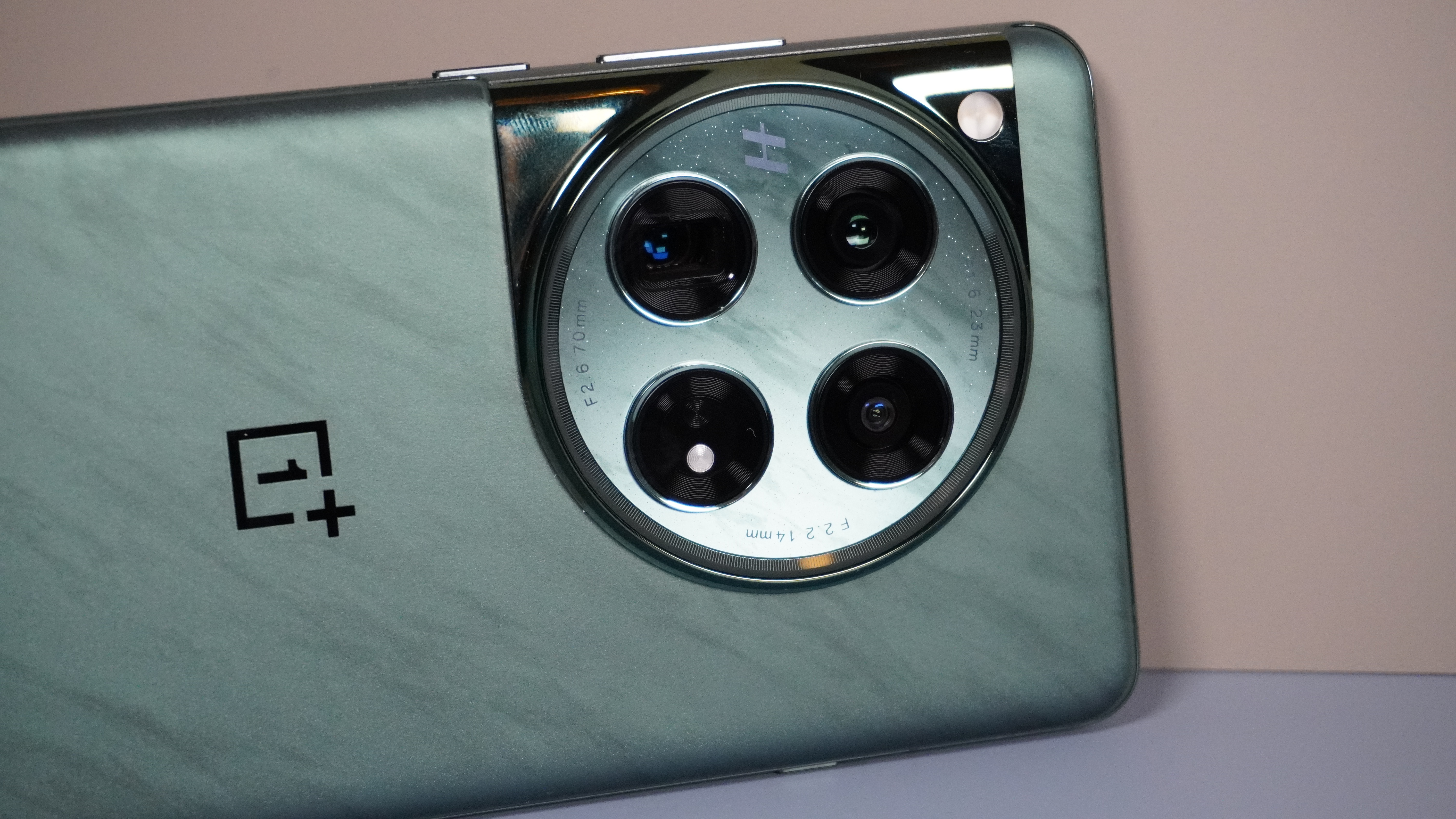
OnePlus and Oppo phones are getting a nifty iPhone-inspired upgrade.
Leaked versions of the new software show a Dynamic Island-like feature.
In the fight to be crowned the best phone on the market, there are two distinct camps of people. Some find themselves enjoying the simplicity and uniformity of iPhones, often locking themselves into the Apple ecosystem indefinitely.
Others opt for Android phones. Complete with a wide range of different manufacturers, the operating system is often regarded as having more flexibility than its competitor. That's at least in part because each manufacturer can opt to make changes to their operating system, even when using Android as a base.
That's exactly what users of OnePlus and Oppo enjoy with OxygenOS and ColorOS. Now, reports are emerging alleging to showcase the next generation of those operating systems – and they look set to include a popular iPhone feature in the process.
It's dubbed 'Fluid Cloud' in the report, but it acts in a very similar way to the Dynamic Island on the iPhone. In essence, that's a software notch around the camera cutout, which offers some additional functionality while hiding the hole in the front display.
According to the leak, that will allow users to stack up to four apps – an improvement on the two which can be found in the iPhone's Dynamic Island. That includes things like timers, order statuses, music players and more.
It's not the only feature listed, either. Users will see an enhanced blur in the background when using the notifications panel or the control centre. There's also a fairly significant overhaul to the animations on the device, which should improve the overall experience. Users will be able to open multiple apps simultaneously and should experience minimal lag.
That's a great upgrade for users. I've recently been getting used to the Honor Magic V3, which utilises a similar Dynamic Island-inspired feature. That's proving to be really handy for making quick adjustments, or checking on features running in the background. Seeing it roll out to a wider array of users can only be a good thing for the industry at large.







